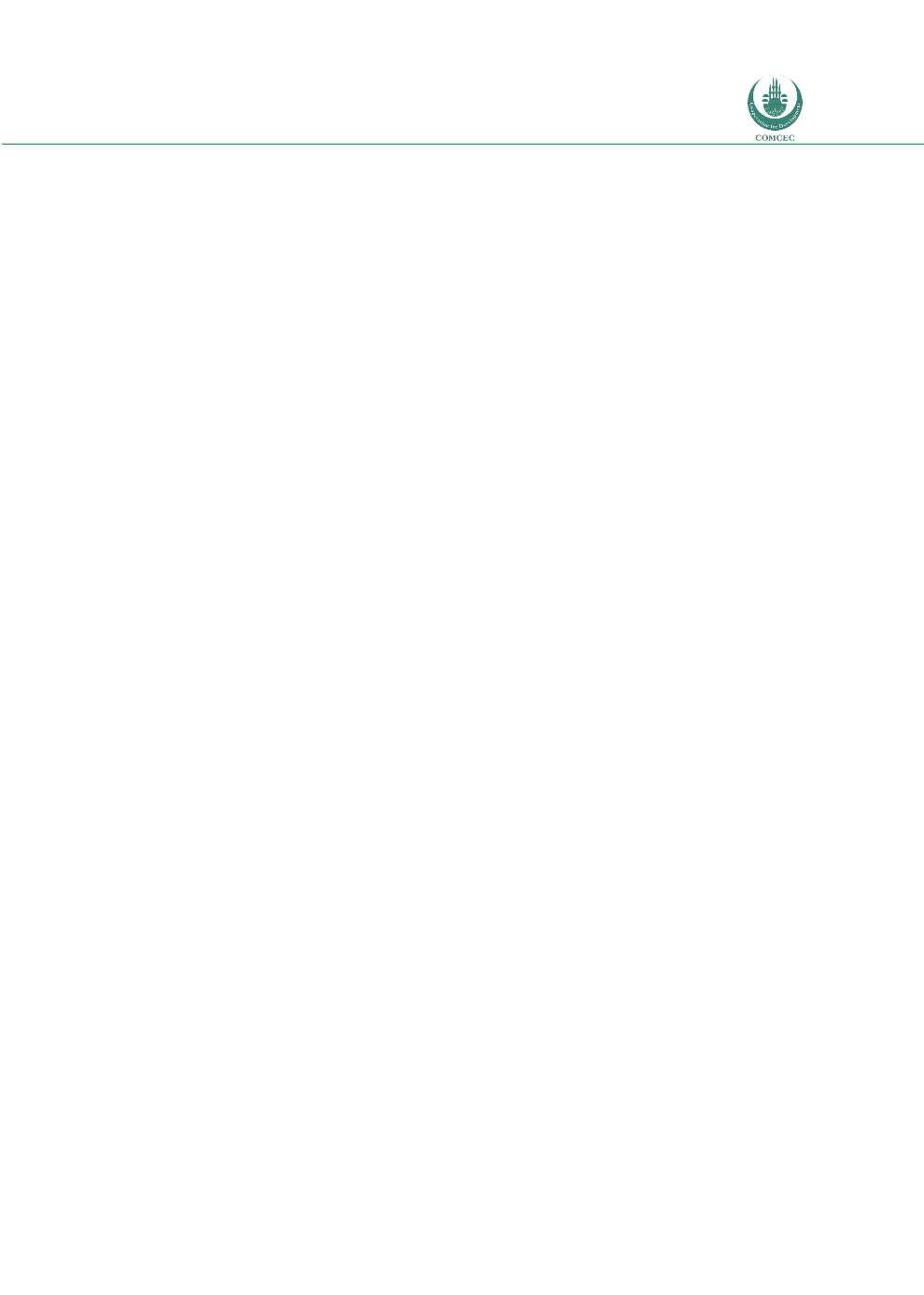

Risk Management in
Islamic Financial Instruments
161
APPENDIX A: CASE STUDIES OF ISLAMIC FINANCIAL
INSTRUMENTS
The growth of Islamic mutual funds is partly driven by the recent developments in the Islamic
indexes and the evolution of Islamic capital markets, especially the innovations in shariah
compliant financial instruments. This chapter begins with a discussion on the evolution of
Islamic mutual funds, Islamic indexes, and a brief summary on the existing literature on
Islamic mutual fund performance. The following section presents lessons learned from recent
sukuk failures. Section three discusses lessons learned from Islamic banking failure. The
following section discusses the Governing Law Clause and the importance of proper legal
documentation in Islamic finance. Section five elaborates on the sukuk legislation and provides
an overview of selected jurisdictions. Section six presents the issue of insolvency and debt
restructuring in Islamic Law. Finally, this section concludes with a discussion on debt
restructuring, dispute management, and defaults in Islamic financial Transactions.
A.1.
PERFORMANCE
OF
ISLAMIC
MUTUAL
FUNDS
VERSUS
CONVENTIONAL MUTUAL FUNDS
A.1.1 Present Status of Islamic Mutual Funds
The Islamic mutual funds industry is the fastest growing segment in Islamic finance. The
industry enjoyed a robust annual growth between 15% and 20% during the 1990’s and early
2000’s (Hakim and Rashidian, 2004). By the end of 2010, the size of the global Islamic finance
assets has been estimated around $939 billion, out of which the global assets under the
management for the Islamic mutual fund industry accounts for $52.3 billion in more than 700
managed mutual funds. Saudi Arabia represents the largest home market for the Islamic
mutual funds industry in terms of total assets under management, around $22.7 billion with
174 managed mutual funds, which accounts for 44% of the total global Islamic mutual fund
assets under management (Ernest &Young, 2010).
A.1.2 Emergence of Islamic Indexes
To cater to the growing demand of Islamic finance, conventional banks have started offering
Islamic products and services, which include the global banks such as HSBC, Lloyds TSB,
Barclays, Citibank and Deutsche Bank. In addition, prominent investment banks such as Merrill
Lynch and Morgan Stanley have also gotten involved in the process. Several in Islamic market
benchmarks have also been introduced by globally reliable, mainstream index providers,
including FTSE, Dow Jones, MSCI and S&P, in order to track the performance of Islamic capital
markets. At the end of 2007, there were about 60 DJ Islamic indexes that vary by size, industry
and region, with 95 Islamic mutual funds tracking the DJIMI (Ghoul and Karam, 2007).

















